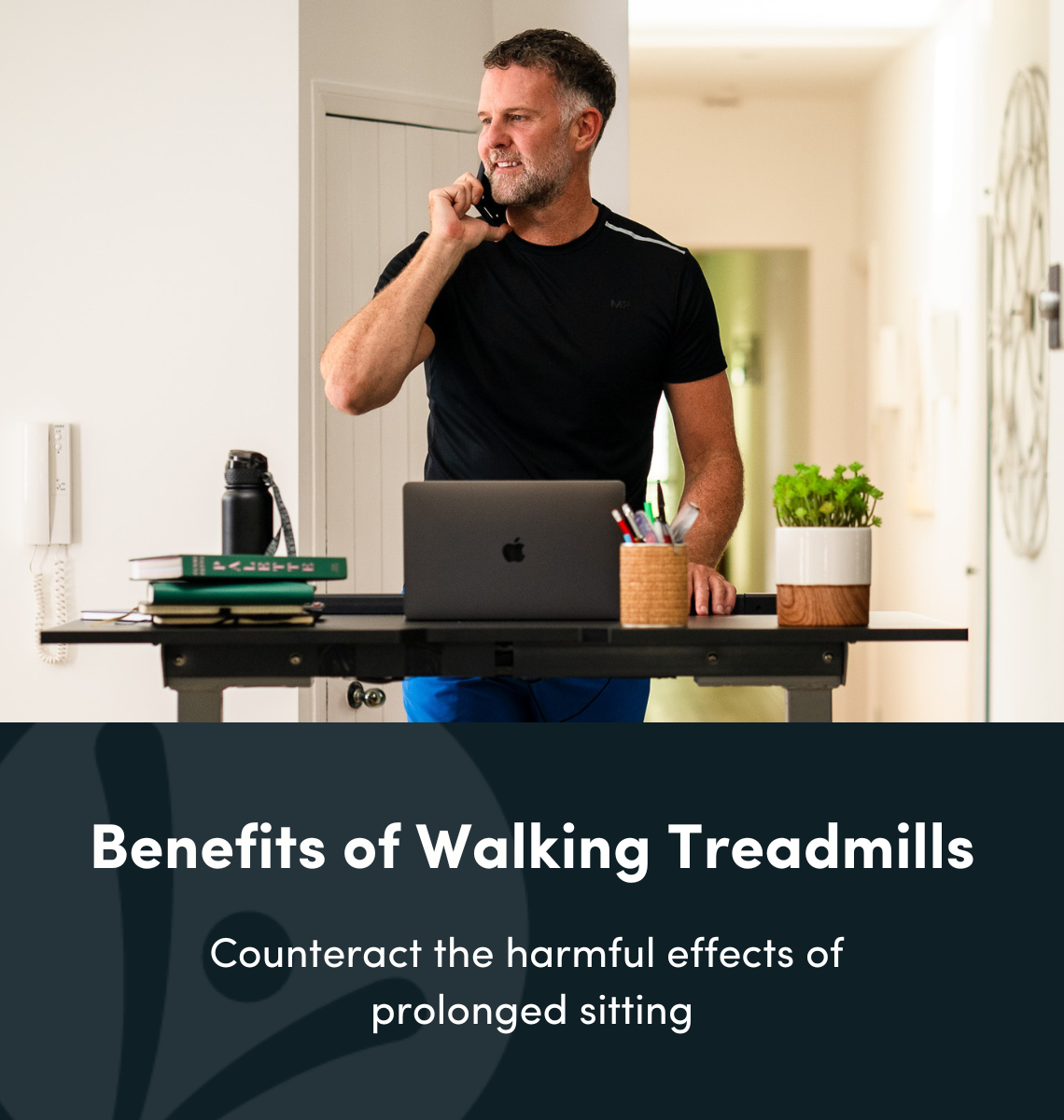Vermindert het risico op diabetes type 2 en helpt deze onder controle te houden
Mensen met diabetes type 2 hebben te veel glucose in hun bloed, ofwel omdat hun lichaam niet genoeg insuline aanmaakt om verwerken, of omdat hun lichaam de insuline niet goed gebruikt. Hoe dan ook, lichaamsbeweging kan helpen de bloedsuikerspiegel te verlagen en mensen met type 2-diabetes ook helpen complicaties op de lange termijn te voorkomen.
Verhoogt de productiviteit
Onderzoek uitgevoerd door de Universiteit van Minnesota (UMN) en gepubliceerd in het tijdschrift Obesity analyseerde de effecten van lopen op een loopband gedurende de werkdag. Ze concludeerden dat de werkprestaties van mensen die een jaar lang een loopbandbureau gebruikten, niet afnamen na een zeer korte, initiële aanpassing aan de verandering. Uit het onderzoek bleek zelfs dat zowel de algehele productiviteit als de gezondheid van werknemers verbeterden. Beweren dat de werkkwaliteit, mentale prestaties en tijdmanagement allemaal verbeterden op dagen dat werknemers trainden.
Bevordert een gezond lichaamsgewicht
Wandelen, net als andere vormen van lichaamsbeweging, brandwonden calorieën. Weliswaar niet zoveel calorieën als hardlopen of fietsen, maar wandelen vergt nog steeds energie en zorgt dus voor een calorieverbranding. Om af te vallen, zal het verhogen van uw intensiteitsniveau, het verhogen van het hellingsniveau of langer wandelen meer calorieën verbranden. Wanneer u echter voor het eerst een loopstation gebruikt, wilt u langzaam beginnen en geleidelijk uw snelheid en loopduur over een paar weken verhogen.
Verlaagt de bloeddruk
Net als andere vormen van lichaamsbeweging helpt wandelen de bloedstroom te vergroten, wat op zijn beurt de bloeddruk verlaagt. Volgens het American College of Sports Medicine hebben mensen met hoge bloeddruk (hypertensie) tot 22 uur na een enkele wandelsessie lagere bloeddrukwaarden. Mensen die wandelen in hun dagelijkse schema opnemen, kunnen een daling van wel 5 tot 10 mmHg zien in zowel de systolische als de diastolische bloeddrukmetingen.
Helpt sterke botten te behouden
Gewichtdragende oefeningen waarbij u tegen de zwaartekracht in werkt terwijl u rechtop blijft staan, zijn een van de beste manieren om de botdichtheid op te bouwen en te behouden. Dit kunnen oefeningen met een hoge impact of met een lage impact zijn. Voorbeelden van belastende oefeningen met hoge impact zijn: dansen, joggen, hardlopen, touwtjespringen, enz.; en voorbeelden van gewichtdragende oefeningen met weinig impact zijn onder meer: wandelen, wandelen, het gebruik van een elliptische trainer of een traptredemachine, aerobics met weinig impact, enz.


 (4.7/5)
(4.7/5)
